

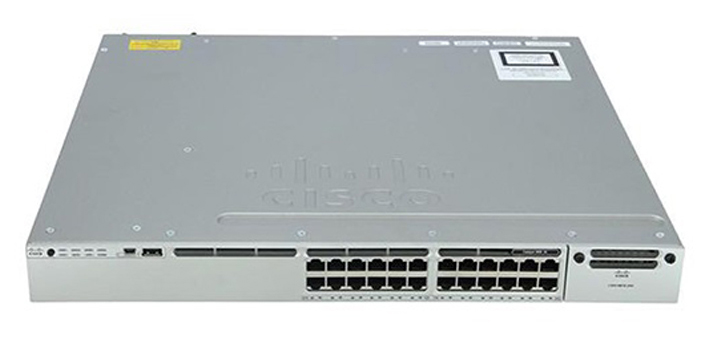



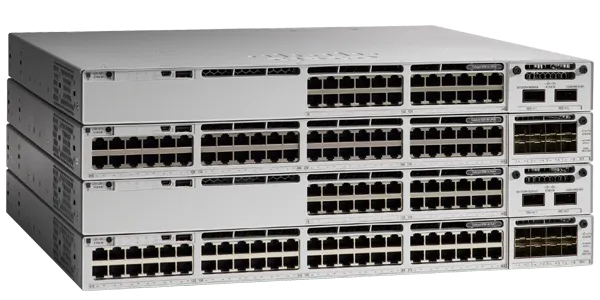


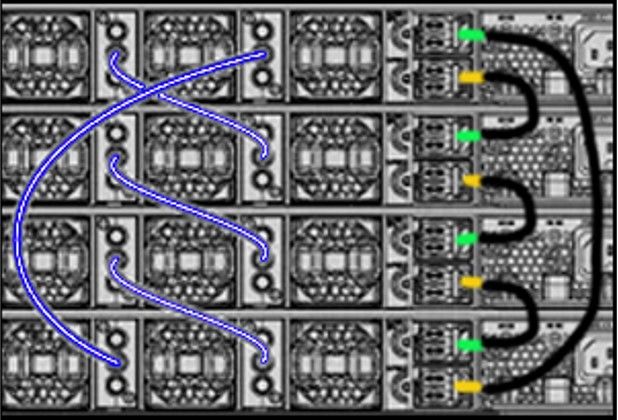

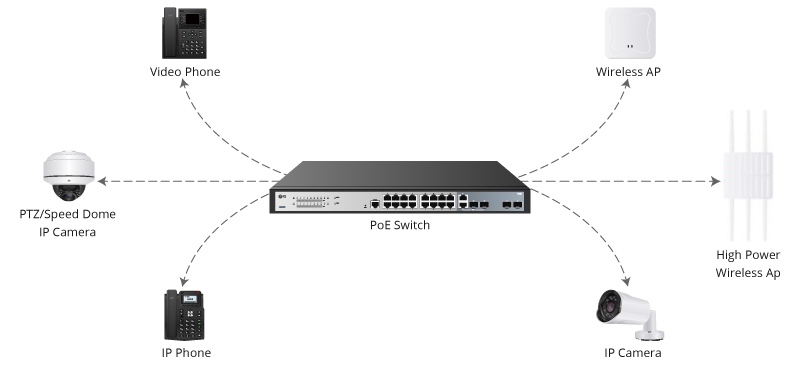

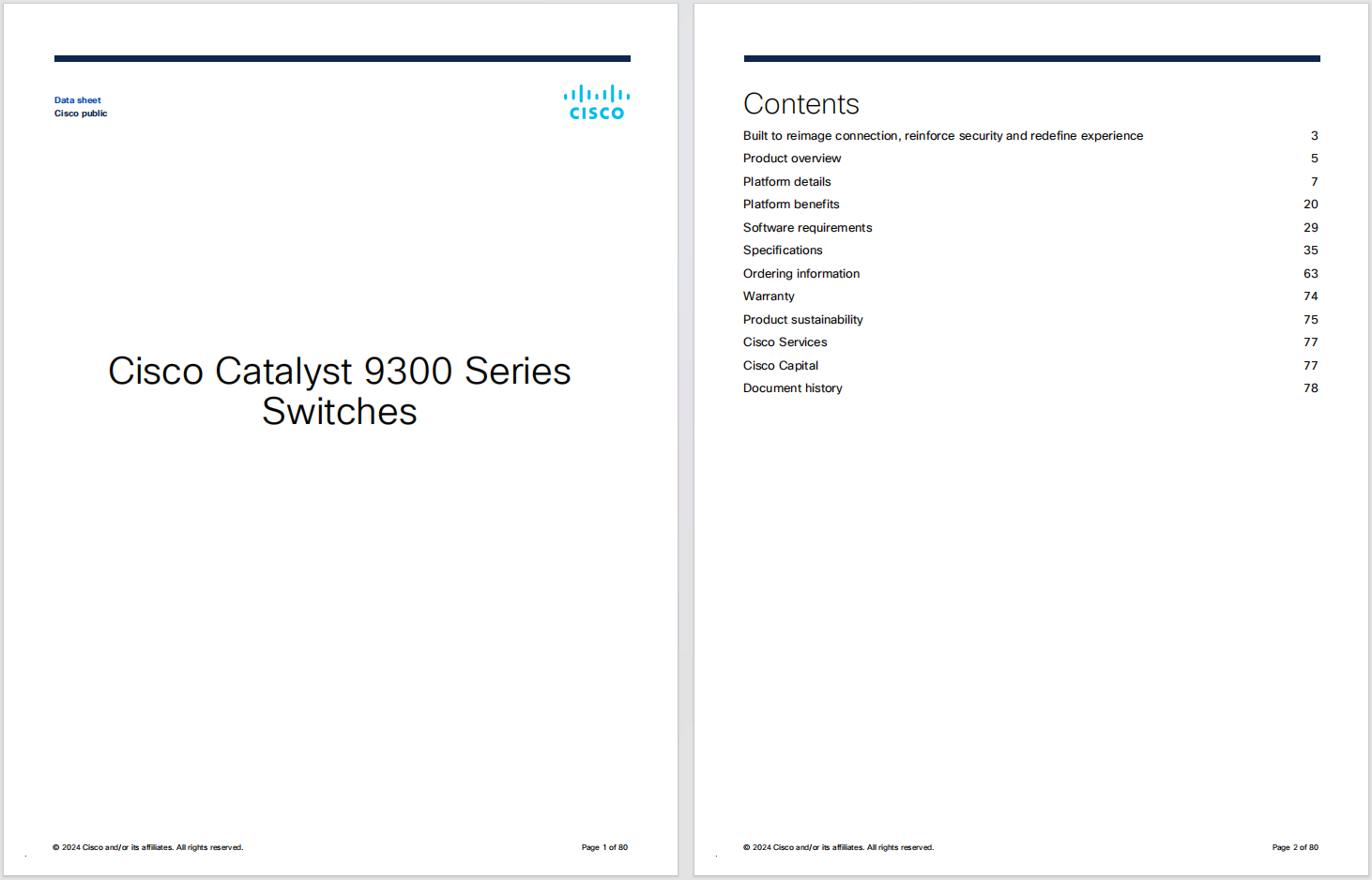



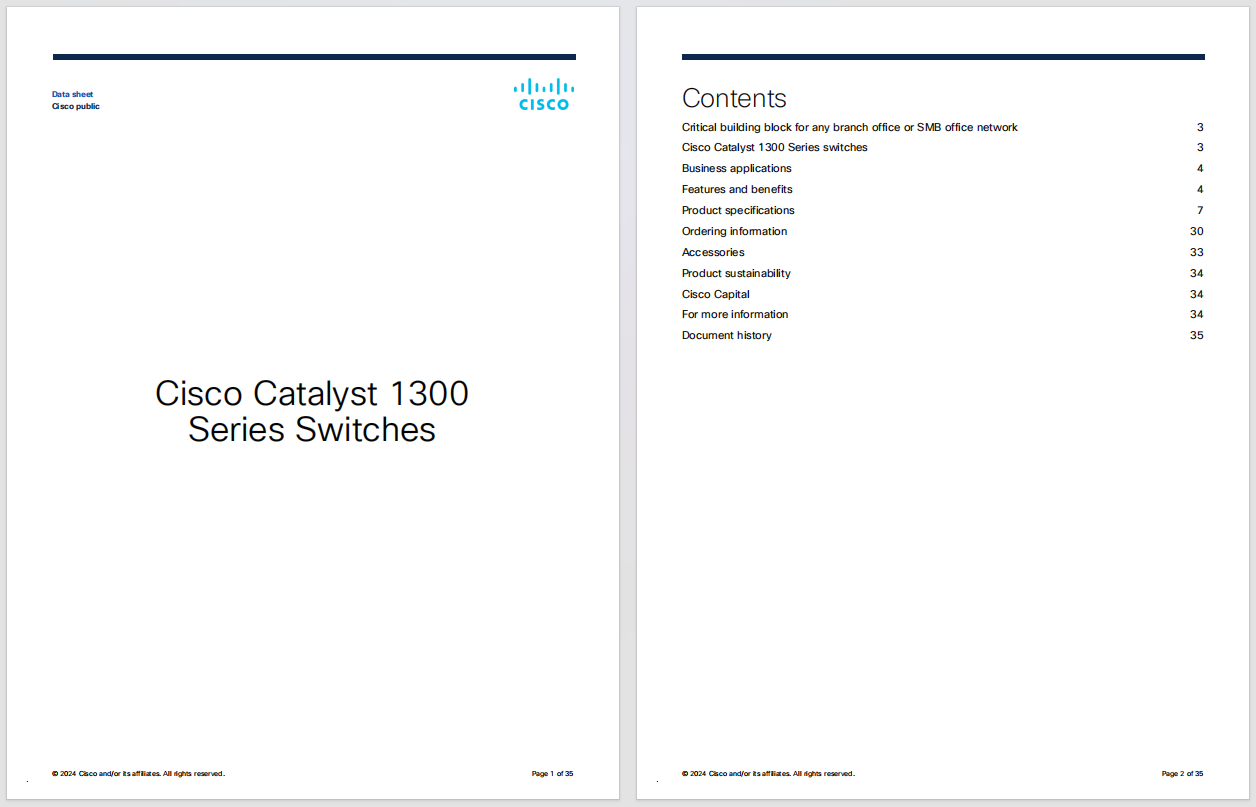
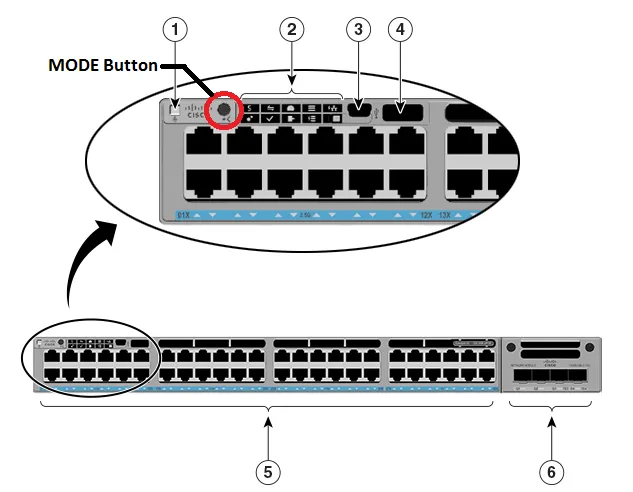


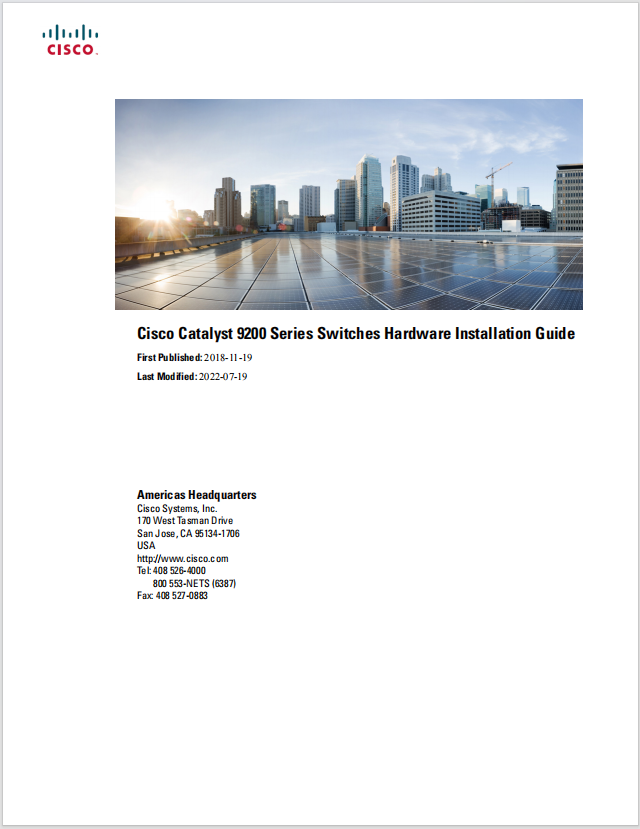

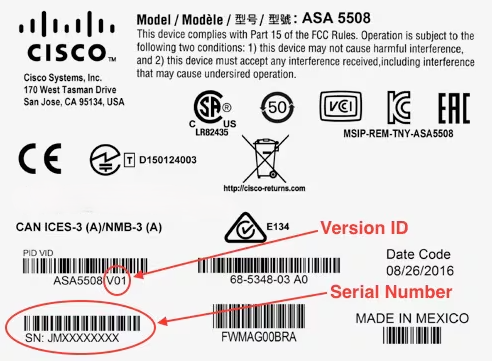
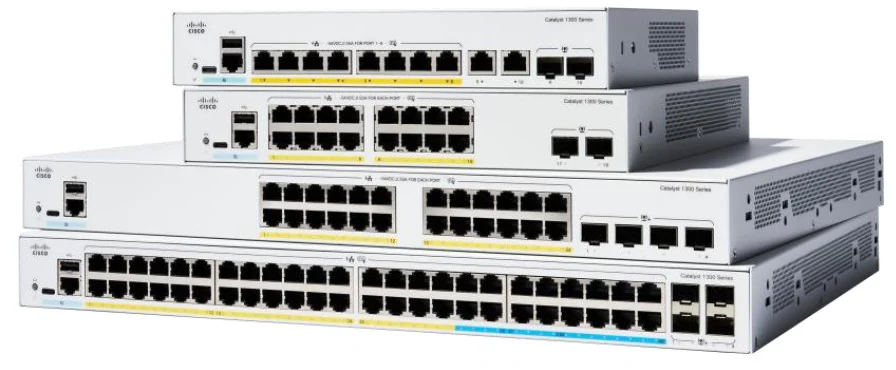



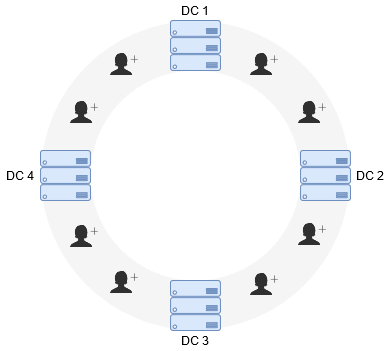

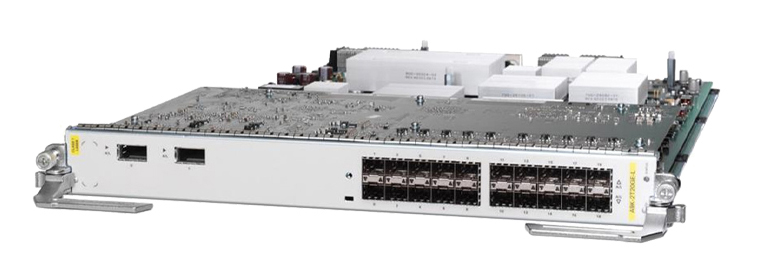

Written by Vasanta Rao, Technical Marketing Engineer, Cisco Transceiver Modules Group
In a Part 2 of this series of posts, Priya described the two main types of optical fiber: single-mode and multi-mode. Now we look deeper into limitations of high-speed networks, when optical data propagates through the fiber from transmitter to receiver. We focus on fiber dispersion.
Optical data signals are comprised of very short bursts of light, or optical pulses. When we transmit optical pulses through fiber, they broaden. This means that they become longer in duration as they travel through the fiber. If the fiber is long enough, this broadening causes the pulses to overlap and interfere with each other, which impacts the receiver
 Etiquetas calientes:
Cisco optics
Cisco Optical Networking
#CiscoOpticsBlog
#CiscoOptics
#CiscoOpticsTutorial
Etiquetas calientes:
Cisco optics
Cisco Optical Networking
#CiscoOpticsBlog
#CiscoOptics
#CiscoOpticsTutorial